A conversation: Andrew McLean talks with Christopher Hector:
Andrew McLean is a thoughtful horse person in a world where so much ‘horse knowledge’ is hysterical hype. I remark to him, that you know when you are entering a real horseman’s stables, everything looks workmanlike and well maintained, real horseman are quiet and assured and there is no clatter and noise… seemingly it is the same with elephants!
“It’s the same with all animals; it is all about communication. If you communicate very well, then the animal’s security level is more assured. Insecurity starts to set in when there are unpredictable elements, especially unpredictable violence, in a relationship. It doesn’t matter whether it’s a human-horse, human-dog relationship or between humans or between horses, it’s all the same.”
Is that ability to quietly establish a relationship with a horse something people can learn as a technique? Or is that something that some people have, like the Australian who used to break horses in five days, John Pinnell. It seems to me that those guys have something about their body language that the horse just instantly relates to or am I making that up?
“No, I think there is part of that. All of the great horsemen I have ever seen in my life have generally been the same kind of person. They tend to be passive in the way they move amongst horses. They don’t move quickly and jerkily, they move quietly and smoothly. So, I think it has a lot to do with, I guess you might call it their energy. Then I think the other side of it, is also the clarity of what they do, they use pressure-release the way they apply aids, and are consistent in that. It’s really a mixture of those things. I think that’s what you see with not only good horse trainers, but also good dog trainers.”
All of the great horsemen I have ever seen in my life have generally been the same kind of person. They tend to be passive in the way they move amongst horses. They don’t move quickly and jerkily, they move quietly and smoothly…
“I have done a fair bit of work in zoos; good zoo trainers are the same. They tend to be well focused, but also their body doesn’t give out contrary messages to what they are trying to achieve. “
Is that part of your big problem that you can get a horse here and you can work on it, get it confident, get it responsive but then when you send it back to the owner they work in a pressured job and they haven’t got much time with the horse, they are getting hysterical and they don’t have much animal feel anyway. And then the horse starts to unravel again. Is that life with you?
“That’s life for everybody who trains for other people. I think that’s a major problem. But by the same token, knowledge is power and often it is people who don’t know what they are doing. What I’ve learnt in the years that I have been doing this, some people don’t really want to know and even think they don’t need to know. They work by feel and perhaps intuition and they may be very good. But for a lot of people knowledge is power, and so they learn various techniques that work and they recognize how understanding learning processes optimally influence the horse’s behavior. They start doing what they do very much more clearly and avoid being ambiguous and confusing. That really goes a long way.”
“But I do think that basic energy in handling horses also spells success or lack of success, maybe even disaster sometimes. You see that especially in dressage, some people I teach tend to have too high energy levels; they are too tense and too worried about this and that. They tend to not have feel, because they are too tense to respond to the lower levels of feel, the lighter aspects of feel.”
“That’s why so many people spend so much time with various techniques to get riders to be more relaxed in the saddle and to learn to feel what the horse does. It helps when they learn what the animal does in hand and under saddle.”
The thing that strikes me the most when I go to an Australian dressage competition, is that the breeding of the horses and the type of the horses is extraordinarily different to ten, fifteen years ago. But the riding is perhaps not as good as it was then – riders like Erica Taylor, Ricky MacMillan. Maybe instead of you having an equine behaviour centre, do you think you need a human behavioural centre here, where you can get out and drill the humans a few hours a day until they get their responses good and reverse the equation?
“Possibly, but again I think that so much of it, is knowledge. What Ricky MacMillan, Erica Taylor and people like that do, and have done for many years, is that they have used learning theory so well and achieved self carriage. I know Ricky MacMillan for one, is absolutely insistent on self-carriage and not many riders really understand it.”
“To my mind self-carriage is all about good training. If you claim to have trained a bird to sit on your arm, you need to prove it by letting go of its wings. Otherwise you are just holding it while it’s sitting on your arm. That is not training.”
“I think that we need to recognize the importance of self-carriage: when you release the reins just for two strides, the horse should stay in your speed, on your line and should stay in its own outline. The speed, the line and the outline, it is really critical to train that, because when the animal is trained to stay in self-carriage, it not only looks beautiful, it also confers a certain relaxation for the animal because he is doing it himself, he has learned to do it. When animals do things on their own, through training, then they are always much happier and certainly healthier. I think it really impacts on their welfare if they are constantly held in a very tight rein by the rider and they are not in self-carriage.”
“When horses are not in self-carriage, the effects of chronic stress may range from gut disorders, immunological disorders and even reproductive disorders. These effects of chronic stress from cortisol are nature’s death warrant to an animal that doesn’t fit.”
To my mind self-carriage is all about good training. If you claim to have trained a bird to sit on your arm, you need to prove it by letting go of its wings. Otherwise you are just holding it while it’s sitting on your arm. That is not training..
“Consistency is critical too. Let’s look at a key issue for any rider – transitions. Okay we are supposed to make the transition in a certain time frame – but how quickly? One, two, three, four, five strides? If we don’t really know what we are trying to achieve, then how can we transform randomness into a solid habits? And here is where learning theory comes in…”
“If you can teach the riders the basic principles that arise from learning theory, and they are not difficult to learn, then they can improve the way they work with the horse. For example, if they make sure their transitions occur across two beats of the forelegs in the walk and the trot, and two strides in the canter and gallop, that maintains a precise structure of a transition, then the horse learns a ‘transitions’ habit. Once the horse learns a habit it makes the learning more solid. Then the horse is able to repeat that and then he is likely to stay in self-carriage in between times, providing he is light and training within that certain time format really goes a long way to make him light.”
“So many riders do that, but they don’t know what they are doing. So many of the great trainers who I have met, frequently do it, but almost always they don’t recognize that’s what they are doing. My job is to teach ‘ordinary’ people what great people do.”
It’s interesting your remark about the tension of the rider preventing feel. What was great about Erica Taylor’s riding was this perfect sense of rhythm, Erica was a musician and a singer, and her body was soft and flowing and in a rhythm, there was a rhythmic quality to everything she did. If we look at the hideous ‘competition’ seat that infests modern dressage, with the rider’s back behind the vertical, aggressively driving the horse with the seat, it kills rhythm. The minute the rider’s shoulders go back, the whole of that lower back-hip area becomes frozen, all it can be is an over powerful driving force (which shouldn’t be necessary if the horse is on the aids) and no rhythmic quality can emerge at all.
“Absolutely. Because Erica trained the horse so well that it was in self-carriage. Some may think we have come along way since then, but a more objective view from the viewpoint of good horse welfare and relaxation may suggests we haven’t. I think the demise of Reiner Klimke from the world’s scene was also the demise of dressage. Things started to head downwards after, when we are looking at Nicole Uphoff and Rembrandt and the beginnings of horses becoming deeper, rounder and in less self-carriage. Then I think, judges began to reward tense behavior and they didn’t see that jerky, stilted legs was really against the principles of what dressage as a sport was trying to achieve in terms of rhythm. You know legs should be rather like wheels, they should be moving in that kind of elastic circular way, rather than jerking as high as possible.”
But I think dressage has been turned on its head by Hester and Dujardin…
“Definitely. I think dressage is really heading in a better direction. I thought I wouldn’t see it for a long time, but I think there are so many pressures on dressage to improve their game for welfare reasons, that the change has come out from the sport itself and now the direction we are heading is so much better for the welfare of the horse. The horses are looking softer and I think people now want to see that. I’d still like to see more self-carriage and I’d like tests of self-carriage to be embedded throughout dressage tests. I’m speaking at the Education meeting in Germany in June and at the GDF in October and I’ll be pressing this. Since those times, I think dressage audiences have become immunized to the stress that they see before them, applauding tension, and judges have either done the same thing or acquiesced to the public. Unhappy mouths have been ignored and even tail swishing has been sanitized by saying it’s a sign of the horse ‘trying hard’. This madness has to stop. At least things appear to be evolving in a better direction now, but there is still a way to go. I’d like to see training rather than holding as benchmarks.”
It was really amazing at the London Games, looking at the top fifteen horses, there were really only about two or three in that top fifteen that looked tense and stressed. The rest all looked, I don’t want to use the word happy, it’s a dumb word for horses, but they looked as if they were comfortable in what they were doing.
“I think that’s the thing that Charlotte and Carl really lead the world in bringing us back to how things should be. It’s the beginning I hope of a reversion back to the Reiner Klimke days before we lost self-carriage. In 2006 I suggested that tests at all levels should involve frequent tests of self-carriage. Not just releasing the reins occasionally for a circle, as we now do in some tests – that technique tests self-carriage of rhythm and straightness but it doesn’t test self-carriage of outline.”
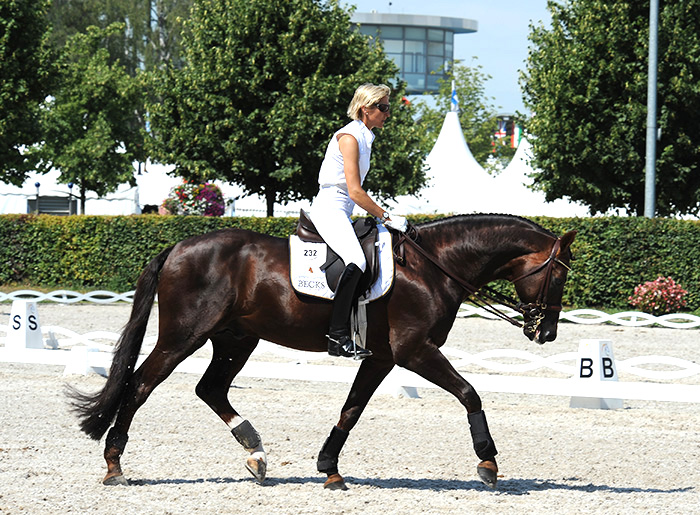
Ingrid Klimke warming up Damon Hill at Aachen
And Reiner’s teachings are coming into the ring once again when we see Franziskus and Ingrid. Again, he’s a horse that looks relaxed, comfortable..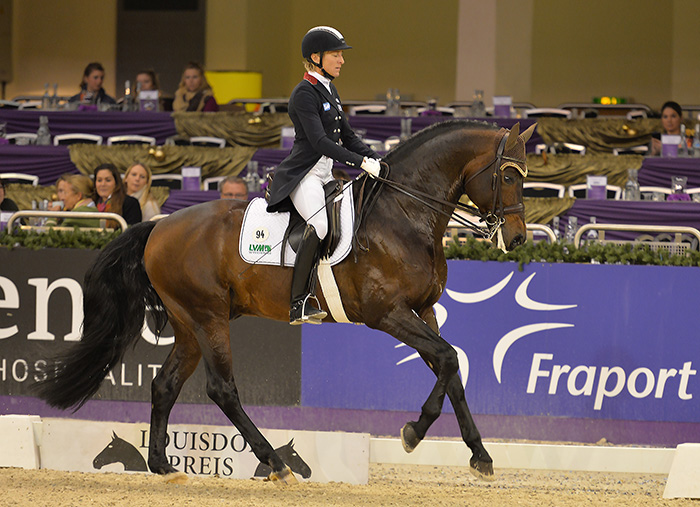
.
“I really think we need to go back to that in order to maintain the sport. I’d like to see horse riding continue forever.”
“We should also be routinely testing with Überstreichen – releasing reins for two strides – in that case there should be no alteration of rhythm, straightness and importantly, outline. ”
Public scrutiny is now paramount. The only way we can do it, now that we’ve got high-res TV into everyone’s living room, is make sure that it looks horse friendly in every way – the viewers who are more divorced from the sport, they are often the ones who see welfare issues. When you are in it, you can become really immune to suffering. We need to really make the sport be – and look – horse friendly to make it sustainable.”
Go to www.ihb.com.au and breed your own Fürstenball in Australia in 2024
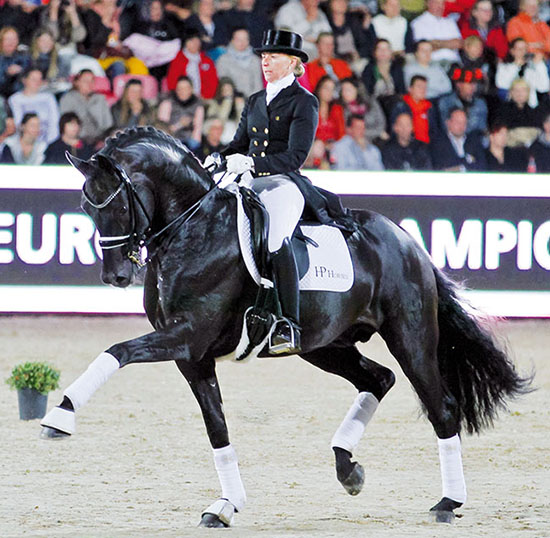
Or Elastic
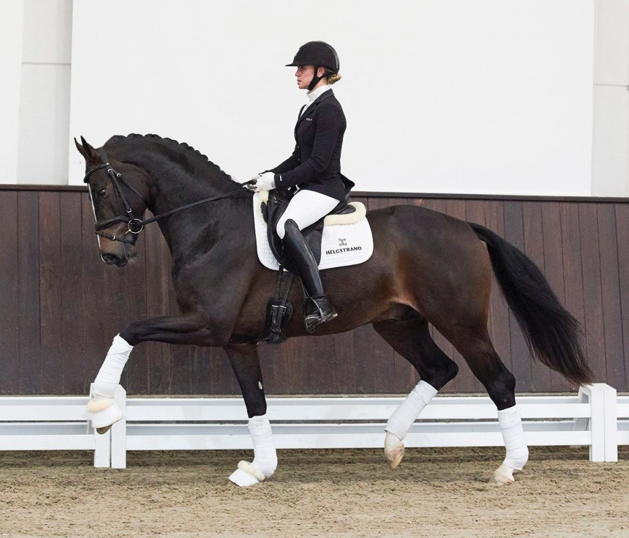

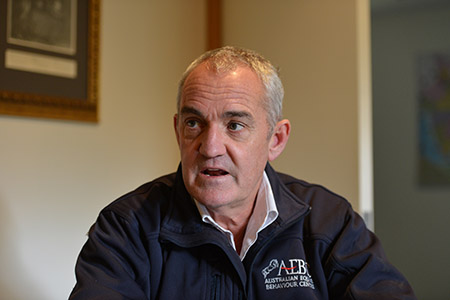
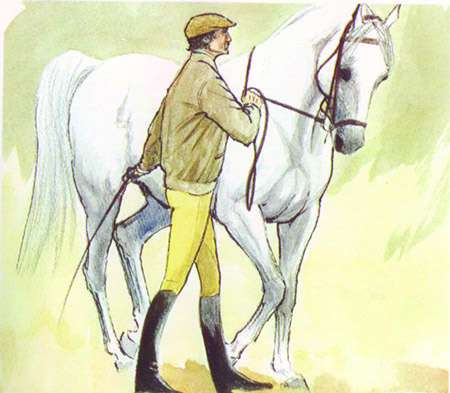

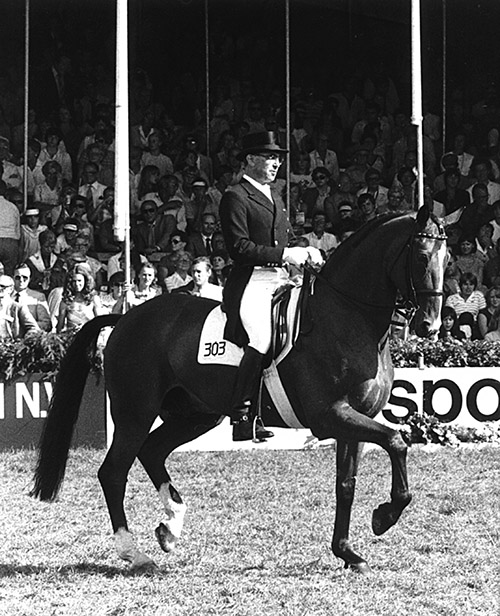
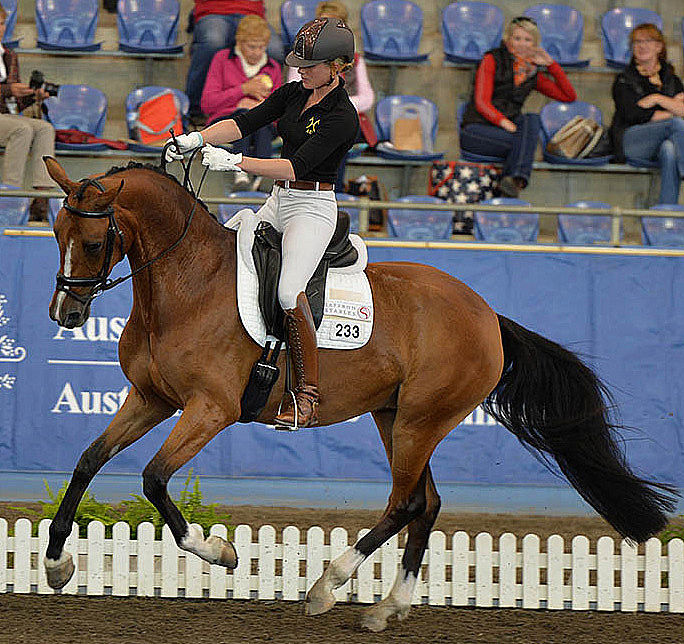
Always good to talk with Andrew.thank you Chris and Roz.
Thank you Andrew, as always informative and thoughtful.
Thank you Andrew! I had an opportunity to take one of his short courses in B.C. Canada. We owe it to our horses to be lighter, consistent and kinder in general. My training of horses has improved vastly sine the course and my teaching has also improved. Worth every penny and highly recommended any opportunity to work with the Mclean’s. Living In Nevada there is an old deep festering idea that me must “show them who is boss” mentality when working with horses. I find this so contrary to what is actually occurring when working with a horse, it is we the humans that are learning and the horse, in its genuine constitution, teaches the human if we are communicating appropriately. Thank you Again Andrew!
Another fantastic article. Thank you.
Thank you Andrew for always being the horses advocate! you always think of their welfare and this is critical for horse showing and the sport population. I hope they too are listening and learning!